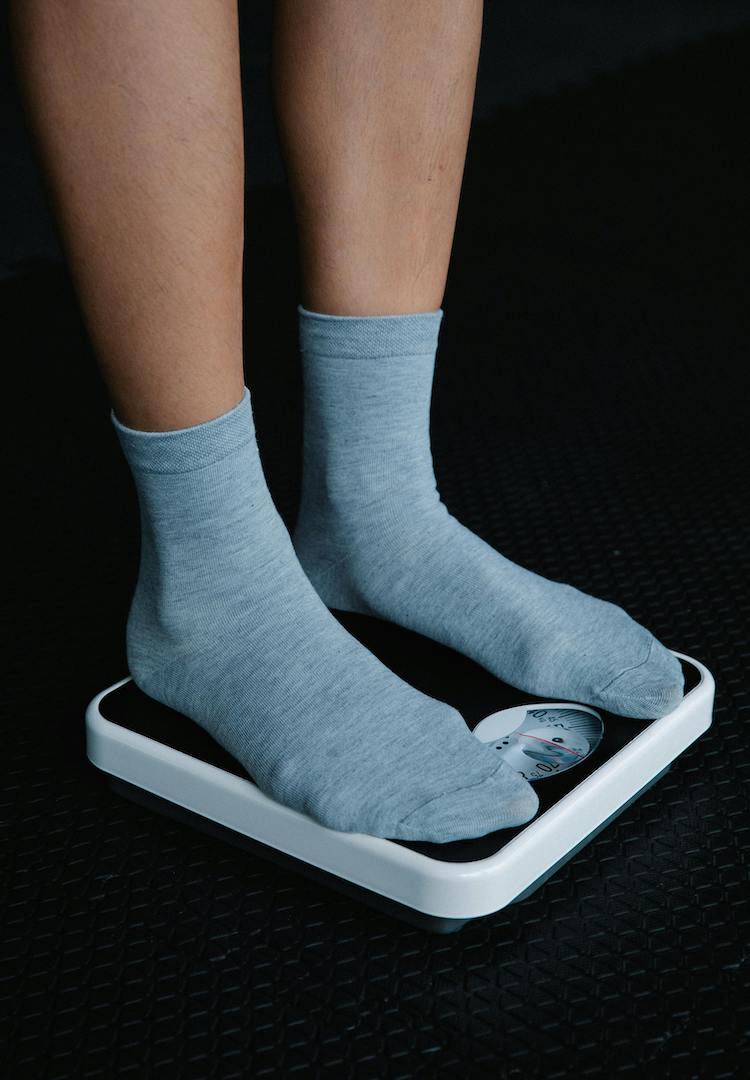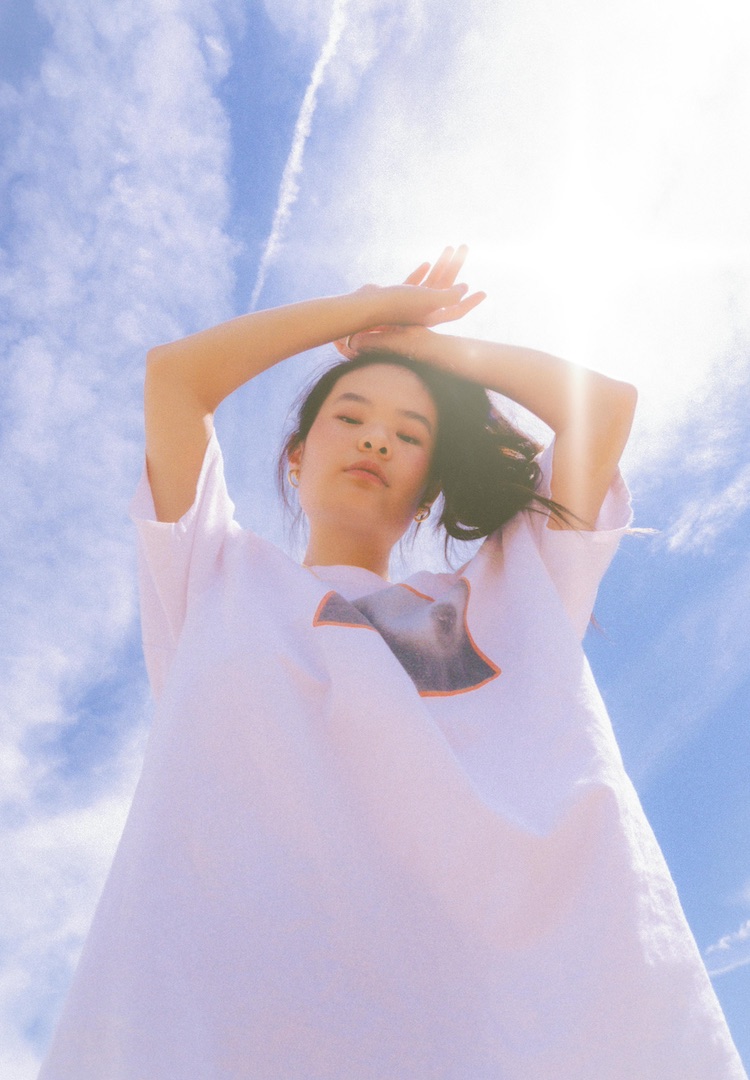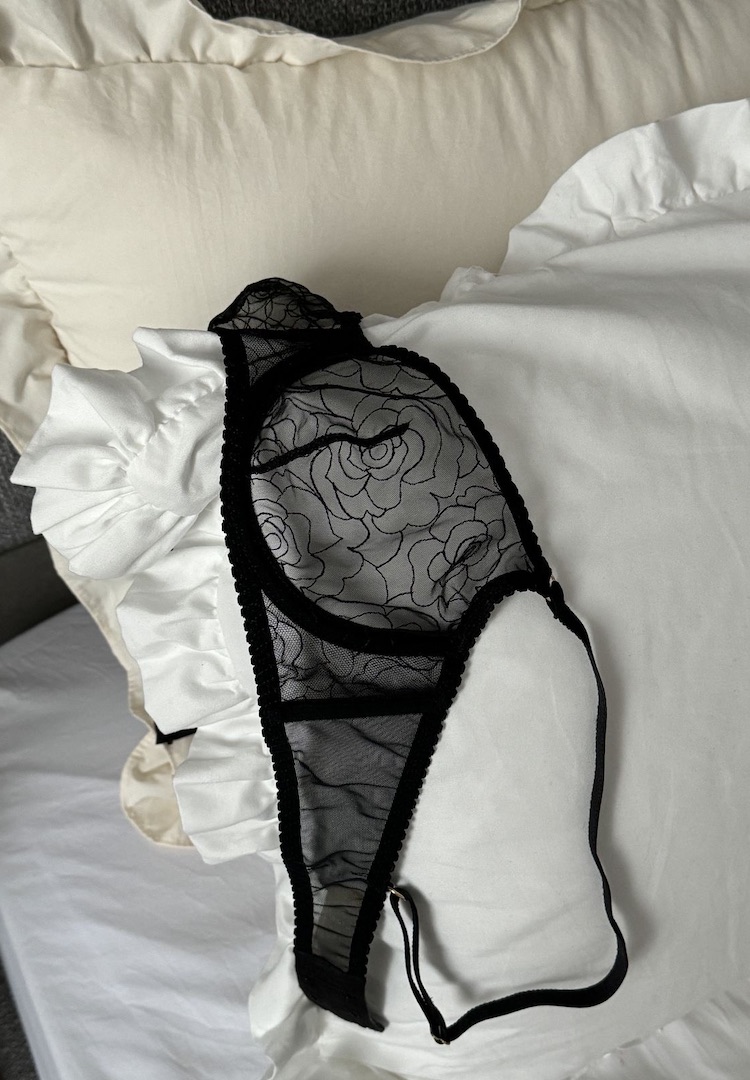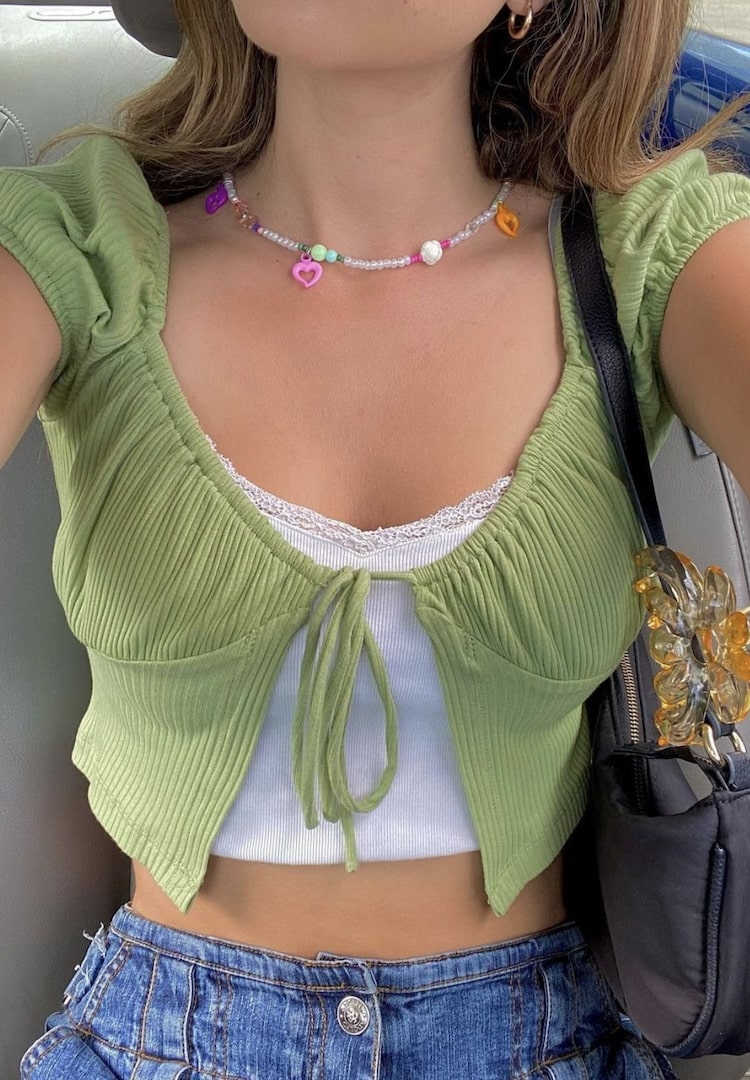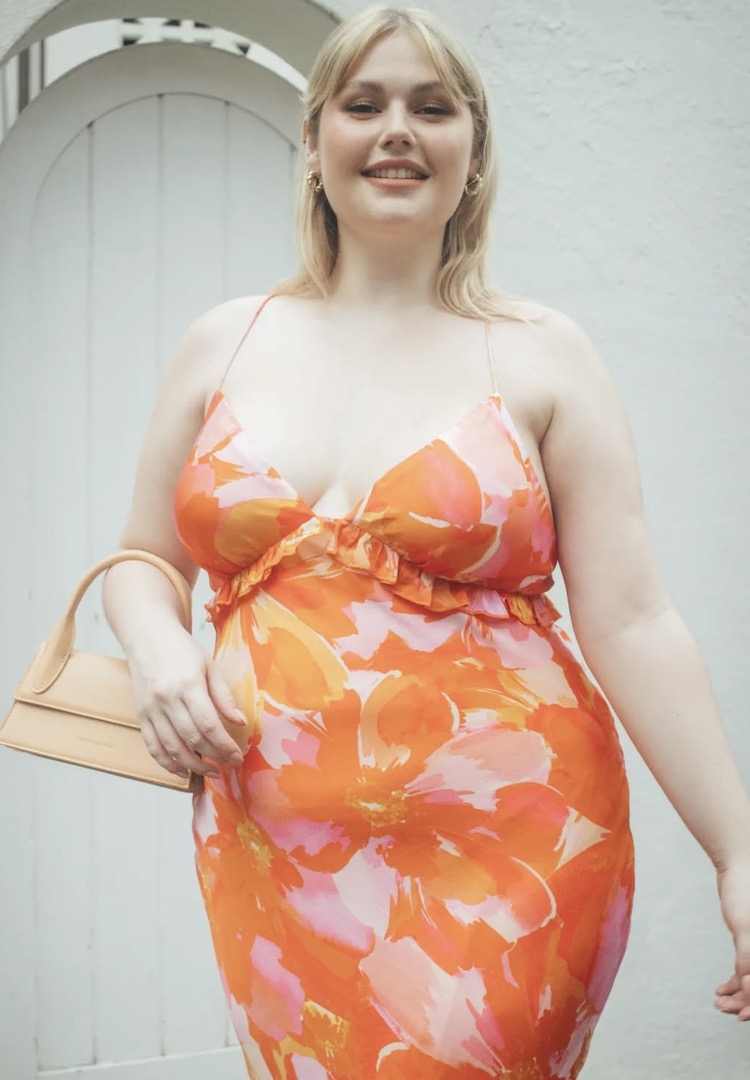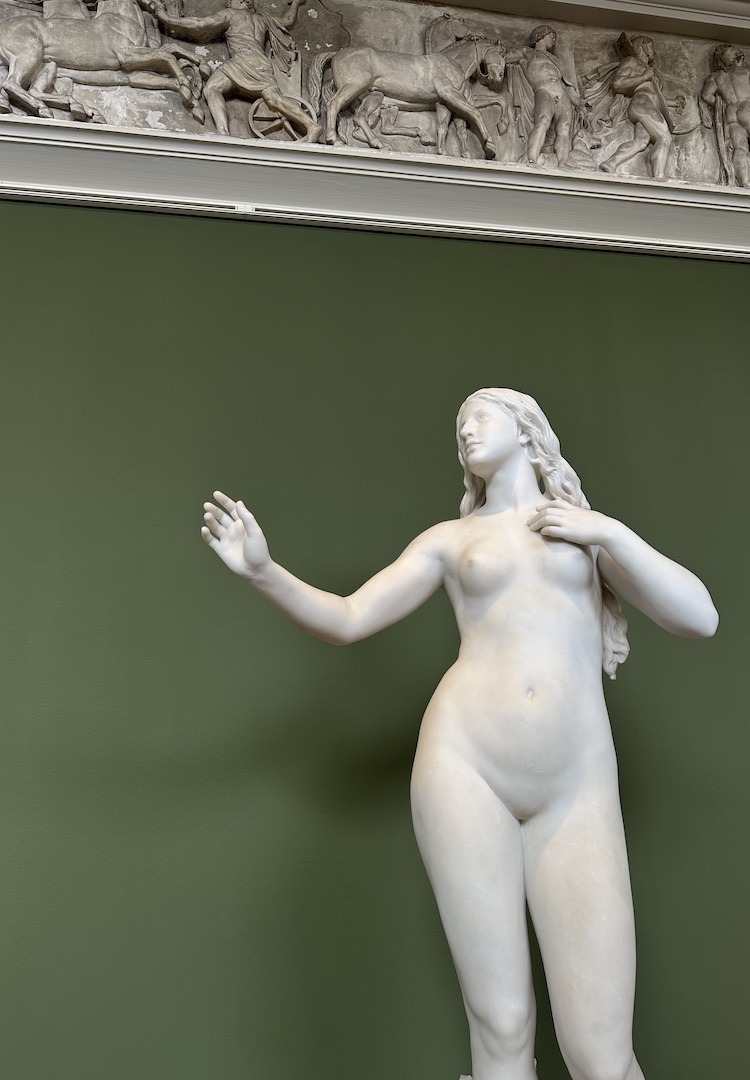Inverted nipples are more common than you think
WORDS BY DAISY HENRY
Everything you need to know about inverted nipples.
Boobs are sisters, not twins. In fact, one in four women have some degree of asymmetry in their breasts. This is caused by a range of things, like how your breasts take shape as you go through puberty or what stage of your menstrual cycle you’re at.
For some, it might be a slight shape variation, for others, it could be a whole cup size difference. The only ‘normal’ thing about boobs is they will always vary in one way or another. It stands to reason then, that nipples will vary as well – from the size and colour to the amount of hair they have, and how much they stick out.
For more health and wellness advice, head on over to our Health section.
As I was researching this article, I was fairly surprised to learn just how common inverted nipples are. In fact, about 1 in 10 women have at least one. Despite this, you rarely see inverted nipples in pop culture, films or porn.
What’s also missing is any practical information about them. Are they something you’re born with? Can you still breastfeed? Can they be ‘corrected’ – or more importantly, are they something you even need to consider ‘fixing’?
To answer all my nipple-related questions, I enlisted the advice of two experts: Dr Lisa Amir, Medical Officer for the Breastfeeding Service at the Royal Women’s Hospital and Anita Moorhead, Lactation Consultant at the Royal Women’s Hospital.
What are inverted nipples and how common are they?
Inverted (or retracted) nipples typically lie flat against the areola or point inward, rather than outwards. According to Dr Amir and Anita, if people have an inverted nipple, it will usually be from birth – however, it can also be caused by ageing, breastfeeding or surgery.
“Most inverted nipples will point outwards when it is cold, they are stimulated or the areola area (the darker skin around the nipple) is gently squeezed. However, some inverted nipples are unable to come out at all,” they explain.
AInverted nipples also don’t necessarily mean you can’t experience pleasure. Like all things, it depends on your preferences. While some people love nipple stimulation, others don’t enjoy it – and this is the same for people with inverted nipples.
“[However], if a nipple suddenly becomes inverted, you should be checked by a doctor. It could be caused by a breast infection or rarely, breast cancer,” Dr Amir and Anita tell me.
Breastfeeding with inverted nipples
Though inverted nipples might make it difficult to breastfeed, it’s not impossible. “During pregnancy, health professionals will talk about breastfeeding and usually check your nipples and breasts. They may gently squeeze your areola and nipple area to see if your inverted nipple will come out,” Dr Amir and Anita tell me.
“During pregnancy, breasts develop, and your nipple might start to come out later in the pregnancy.” Your breast is also softer right after giving birth, so it’s often easier for babies to attach, which your midwife will help with.
“If attachment is not easy, the midwife may suggest a nipple shield, which is a soft silicone cover that covers the nipple during a feed. Or they’ll show the mother how to use a breast pump just before a feed to gently draw out the nipple, which makes it easier for the baby to attach. Also using a breast pump to get breastmilk for your baby helps feed your baby and get your nipples to stay out.”
Usually, inverted nipples start to come out after days or weeks of using a pump and it becomes easier. According to Dr Amir and Anita, it’s pretty rare that women with a severely inverted nipple may not be able to breastfeed directly at the breast. If you are pregnant and have any concerns about your nipples, it’s still always better to discuss it directly with your doctor.
Can you reverse inverted nipples?
Dr Amir and Anita tell me that although some people have tried exercises that stretch the nipple area with a pinching technique or using devices to draw the nipple out, there’s no guarantee that will work.
“Surgery for inverted nipples for cosmetic reasons can be used, but surgery may interfere with the tiny ducts inside the breast. Plastic surgeons have tried many different techniques, but there is little research about the success of breastfeeding after surgery for inverted nipples,” they say.
Common misconceptions
“Having inverted nipples is not uncommon, and it’s not usually a problem for people with inverted nipples or their partners,” they tell me. “In fact, a large survey found that most people would not be concerned if their partner had an inverted nipple.”
However, if anyone does notice a sudden change in their nipples, Dr Amir and Anita suggest consulting a doctor for more.
For more on breastfeeding and inverted nipples try this.

